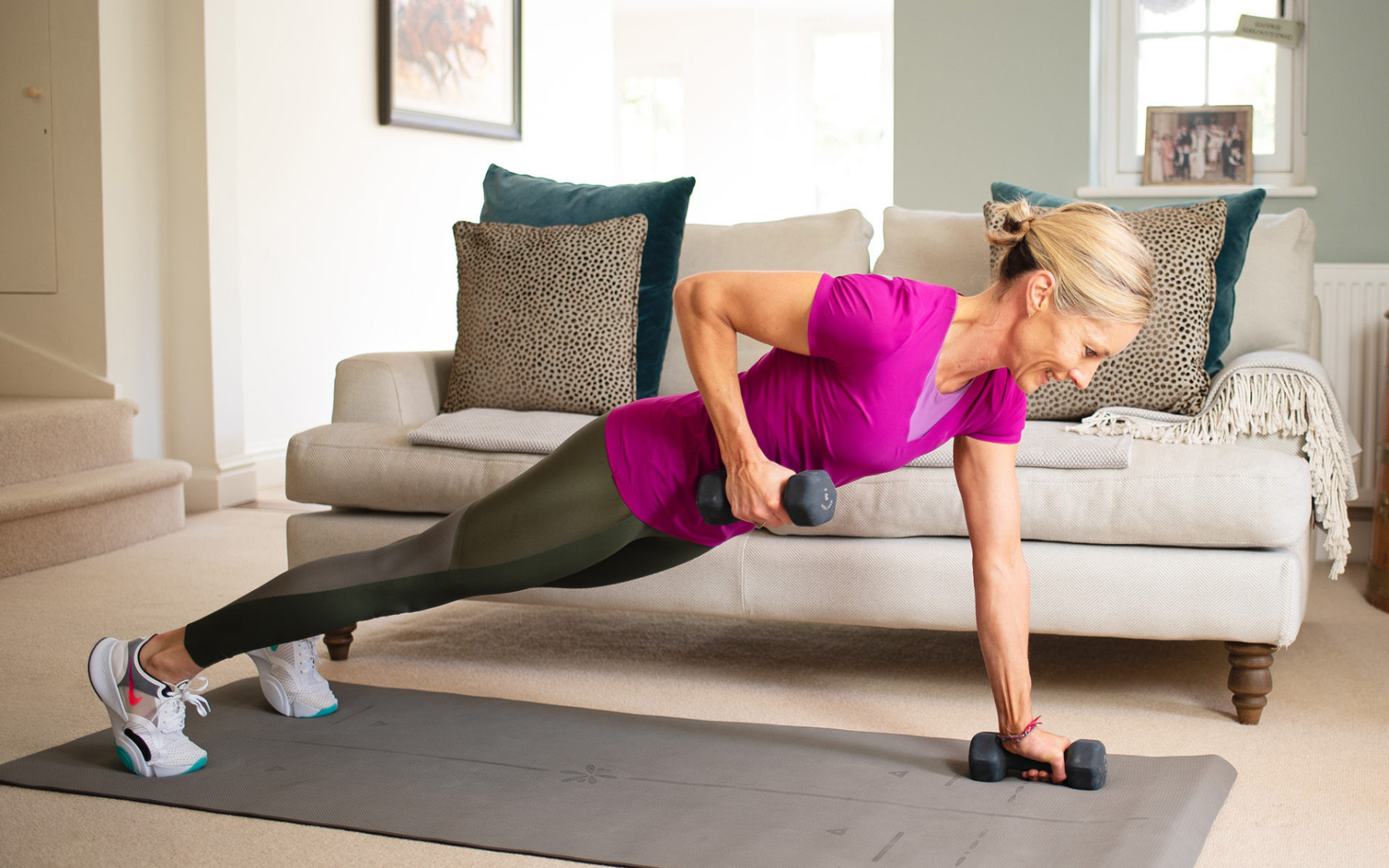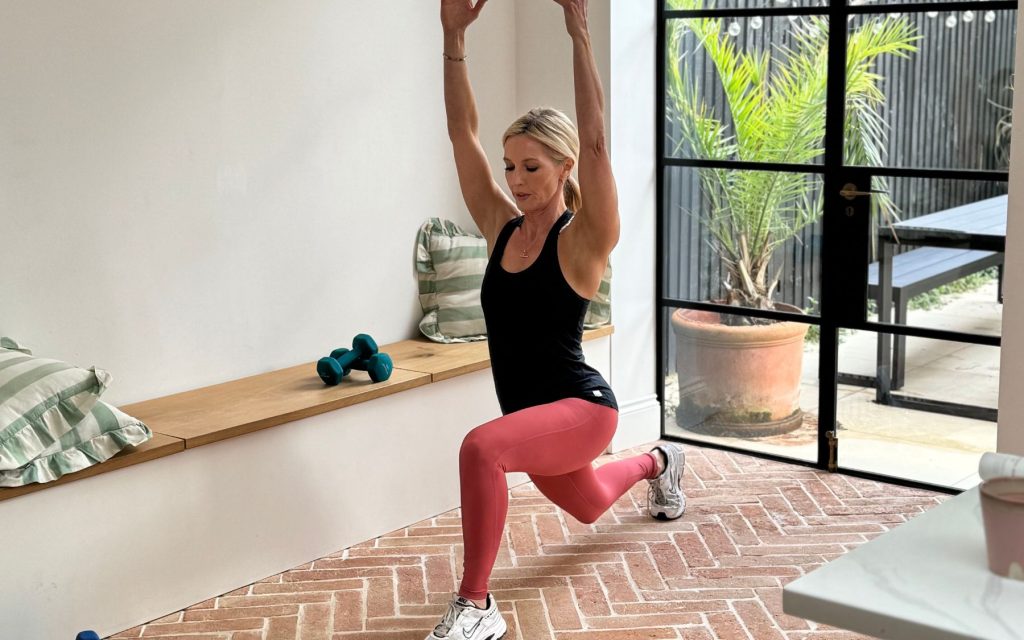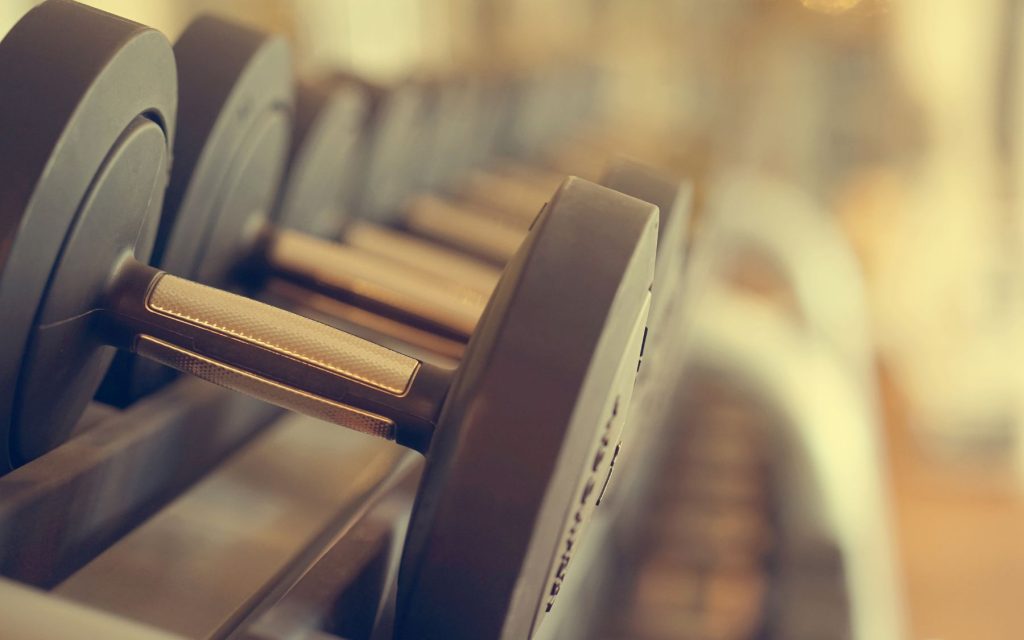
Best training for menopause
I often get asked what is the best type of exercise for managing menopause symptoms. My answer is that it involves a combination of different forms of training. The most important thing to remember is to find an exercise which you enjoy and to remember that all movement counts!
Here are my recommendations:
1. Strength Training
– Why: Helps combat the loss of muscle mass and bone density that occurs from the age of 30 onwards and especially during menopause as your hormones change. It also boosts your metabolism and supports weight management.
– What to Do: Include compound exercises like squats, lunges, push-ups, and resistance training (using dumbbells, resistance bands, or machines). Aim for 30 minutes ideally 3-4 x a week. You can read more on this in my previous blog here. Functional training is so important as it mimics every day movements which will help us stay stronger as we age and limits falls and injury.
2. Cardiovascular Exercise
– Why: Supports heart health, helps manage weight, can reduce hot flushes and boost mood.
– What to Do: Engage in activities like brisk walking, jogging, cycling, swimming or dancing for at least 150 minutes of moderate-intensity per week. This can take the form of low intensity or high intensity (see more below) My dog walks are my daily cardio alongside my Friday hiit session.
3. Flexibility and Balance Exercises
– Why: Improves joint mobility, strength and balance, reducing the risk of falls and injuries. Staying flexible is a key aspect of function that affects our everyday activities and enables us to maintain independence as we age. Joint pain and stiffness are common symptoms of menopause due to the changes in oestrogen levels.
– What to Do: Incorporate yoga, Pilates, or simple stretching exercises. Aim for stretching at least 2-3 times per week.
4. Mind-Body Practices
– Why: Helps manage stress, anxiety, and mood changes. These practices can also improve sleep quality, which often becomes disrupted during menopause.
– What to Do: Try yoga, or meditation.
5. High-Intensity Interval Training (HIIT)
– Why: Effective for improving cardiovascular fitness and burning calories in a shorter amount of time. HIIT can also boost metabolic rate and improve insulin sensitivity. (Impact exercises are also good for our bone health but if you suffer with oseteoporosis or low bone density you may wish to incorporate low impact exercises rather than high impact – walking for example is a brilliant weight bearing exercise which helps to build bone strength)
– What to Do: Alternate between short bursts of intense activity and periods of rest or low-intensity exercise in a circuit style. Aim for 1 session per week.
Tailoring Your Routine:
– Consistency: Regular exercise is key to managing symptoms effectively and seeing results.
– Listen to Your Body: Adjust the intensity and type of exercise based on how you feel. Everyone is different and everyone’s experience of menopause is different. If you are lifting weights the most important thing is to focus on your technique and build up gradually with the weights.
– Consult with a Professional: I always suggest speaking to your doctor or GP if you have any concerns before starting a new programme.
Combining these different forms of exercise can help manage the physical and emotional symptoms of menopause, improve your overall health, and enhance your quality of life. Exercise can be a game changer for not only your mood but also your immunity, your sleep and your daily activities.
As always any questions please do get in touch.
Caroline x



